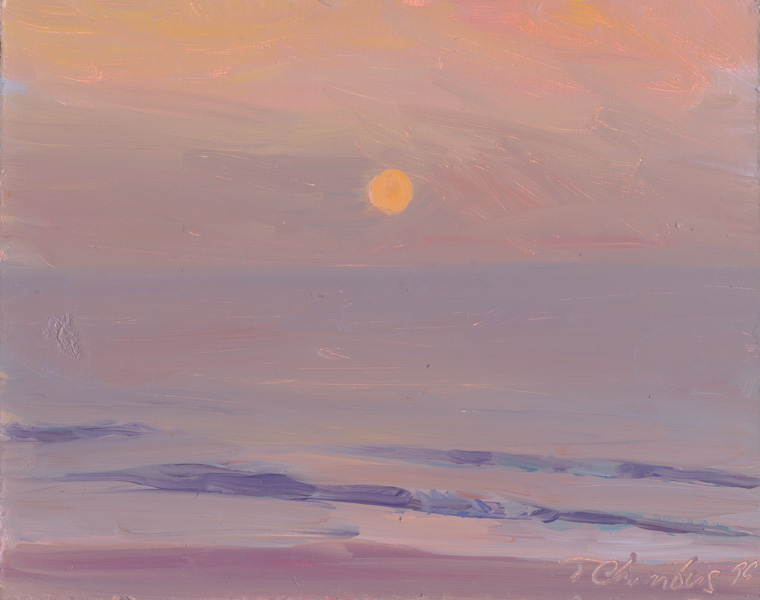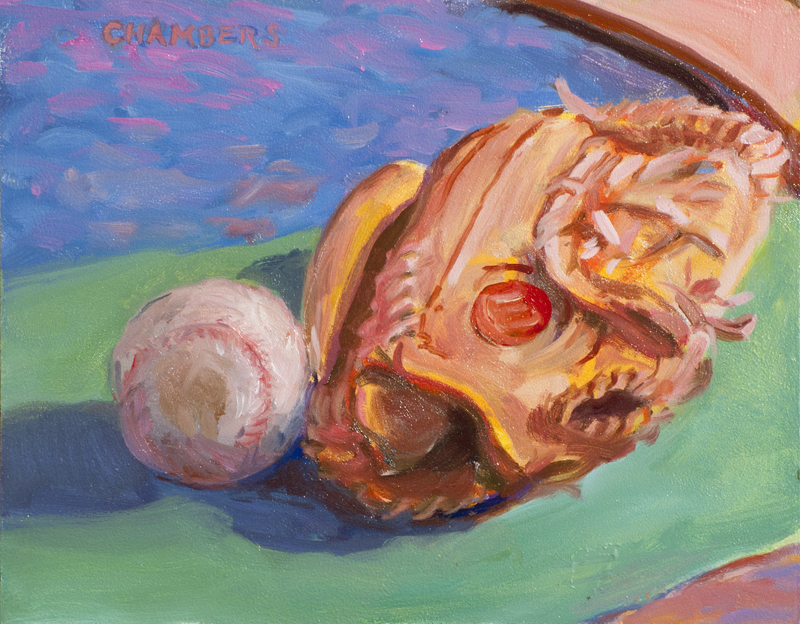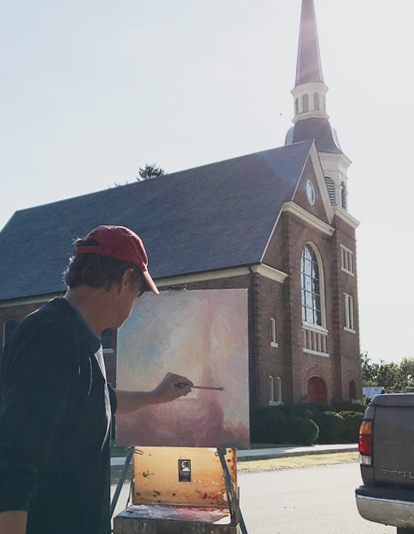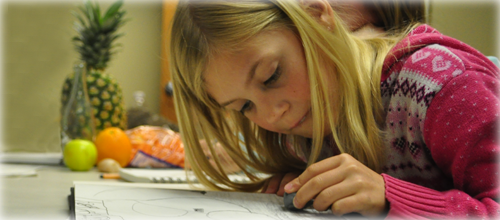Photos for Portrait Painting
Guidelines for obtaining great portrait photographs
Advice for submitting digital photographs for your portrait commission
The Art of producing Photos for Portrait Painting: Producing great reference material for a portrait is not as simple as point-and-shoot! There are a number of variables that make a great portrait. I am no magician, so good reference material is essential to a good portrait. Read on to learn what to look for to create a great portrait photo.
Note to those of you that have commissioned me to create a portrait for you from your material: the info here will help you to help me. The most important aspect when photographing or painting a portrait is knowing who the subject is. Your job is to tell me about the personality and character of the individual(s) I am drawing, as well as provide me with a good reference photograph. Following the points offered below, you should have no trouble providing an acceptable photograph for me to work from. A calm, relaxed, pleasant expression is ideal for a portrait. Focus on the eyes and mouth, with good lighting.
So- what makes a good photograph for a portrait? These examples give a clue:

- a. Good- soft light, in focus, pleasant expression. I can imagine seeing this look ten years from now as we’re enjoying coffee.
- b. Good- a little dark, but I can easily lighten it. Nice smile, eyes, and turn of the shoulders.
- c. Good- nice lighting across face, in focus, not too far away.
- d. Good- black & white is fine, nice lighting from window, relaxed expression, eyes open, nice collar.
- e. No good- almost- though dark, but the image is not in focus.
- f. Nope- cropped too tight, sunlight creates hard shadows. Also, a bit too much of a grin for a portrait. Avoid squinty eyes.
- g. No good- beautiful smile, but too expressive for a portrait. Camera flash washes out face (use natural or room light).
- h. Nope- cute, but too far away (will get blurry when enlarged). Again, the direct sunlight makes for hard shadows.
Taking Your Own Pictures
- When taking pictures for a portrait, I follow these simple tips:I find a location that offers good light; large windows, porches, shade trees, etc. offer nice, soft lighting.
- I position my sitter such that the light falls nicely on three-quarters of their face. This usually means that the light source is off my right or left shoulder, but for the sitter, the light is in front of them, to their right or left.
- Once I am pleased with the light on their face, I have my sitter comfortable either standing or on a stool or tall chair, their shoulders/chest turned at an angle, but their head turned forwards me.
- I check the hair, collar, etc., to make sure all looks natural.
- I set the camera’s shutter to 1/125 second or faster to avoid blur. Most cameras’ Auto setting will take care of this.
- Make sure your camera’s flash is turned off!
- I take a few images, checking for good results as outlined above, and making adjustments as necessary.
As you can see, the most important aspects are the expression and the lighting. Another aspect to keep in mind is the collar. I tend to avoid crew necks, preferring an open polo or button collar as more attractive since they show the neckline nicely.
Details: send files in their original high-resolution format, without any photo editing. A high-res image will yield the best results. If you only have a print (no digital camera or file, make sure the face is at least 3.5” in height. Feel free to contact me if you have questions regarding the process. You can send material to me via email. I’ll take it from there.
Tim






